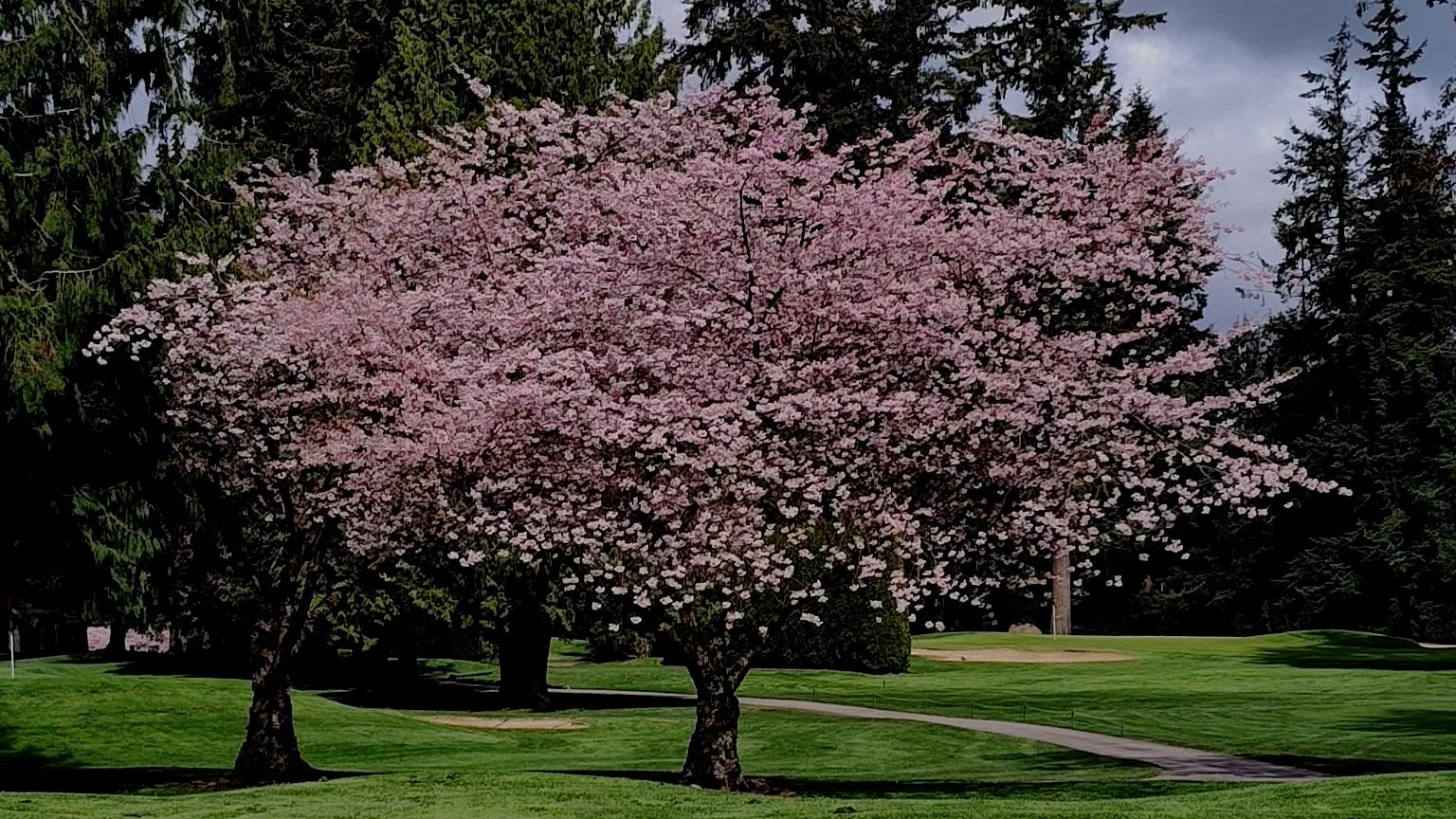If you are into “zonal denial” and enjoy pushing the boundaries, then perhaps a lemon or lime tree may be worth your time and effort. Make no mistake however, the Pacific Northwest is not Florida or California and you won’t be able to just plant a citrus tree in the backyard and in a few short years start harvesting your very own navel oranges. On the other hand, when planted in a container, Meyer lemons and seedless Bearss limes will do okay - provided you follow some simple procedures.
By keeping your citrus in a good-sized pot, it can be moved around the garden to find the sunniest spot throughout the summer and moved back into either a heated greenhouse or your home for around 5 to 6 months in the winter. Limes and lemons can actually make an attractive house plant, provided you locate them where they will receive the maximum amount of light possible and give them a little extra humidity. A diluted acid-loving fertilizer will keep them looking green, along with the removal of any bugs such as scale, aphids, or mealy bugs.
Come late April or early May, you can gradually reintroduce your tree back into the landscape and increase the fertilizer. Don’t put it out into the bright sun immediately or it will sunburn - acclimate it over a period of a week or two. You can prune your tree at almost any time just to keep it looking shapely, it won’t affect the fruit production. If the light is sufficient, the plants should produce flowers (which are very fragrant) and subsequent fruit (you may have to take an artist’s brush to spread the pollen around) which will take several months to ripen. Don’t expect large harvests! This whole exercise is more entertainment than practical fruit production. Keep in mind that any time you change environments for your citrus (both coming in and going out), you can expect to have some leaf drop. Don’t worry, new leaves should emerge relatively fast.
Now, if you really want to grow citrus in your garden there are some choices. The mail order nursery One Green World out of Oregon offers several varieties that are sort of winter hardy and produce fruit that is on the tart and tangy side. You will need to plant them in full sun, preferably up against a south facing wall. Here are a few descriptions from their catalog:
Yuzu Ichandrin: Prized in Japan for flavoring, juice and preserves. This hardy variety bears abundant, easy-to-peel, 3-inch diameter fruit with tasty, lemon-lime flavor.
‘Miho Wase’: This is an exceptionally hardy variety of mandarin orange. Older trees have withstood temperatures down into the high teens without damage.
‘Fukushu’ Kumquat: Oblong, golden-orange fruits with a stubby neck have an exceptionally thick and sweet skin. The flesh brings an acidic balance to the sweet skin and usually has very few seeds. Also, this variety is said to be hardy down to 25 degrees.
‘Dunstan’ Hardy Grapefruit: Best used for juices, marmalades, baked goods, or cocktails. Reliably hardy to at least 10 degrees and probably a good bit lower once established.
‘Troyer’: A unique hybrid Washington navel orange hardy to at least 5 degrees.
Flavor is tart like a lemon but with enough sugar in it to make it edible.
While these varieties are theoretically hardy, keep in mind that any broadleaf evergreen can get damaged or even killed by one of our “arctic blasts”. Plan on providing some frost protection, like a heavy blanket, if the mercury drops below freezing. And remember, this is supposed to be a fun endeavor, so don’t get too emotional if things don’t work out as hoped. It’s the thrill of the experience that is important!


